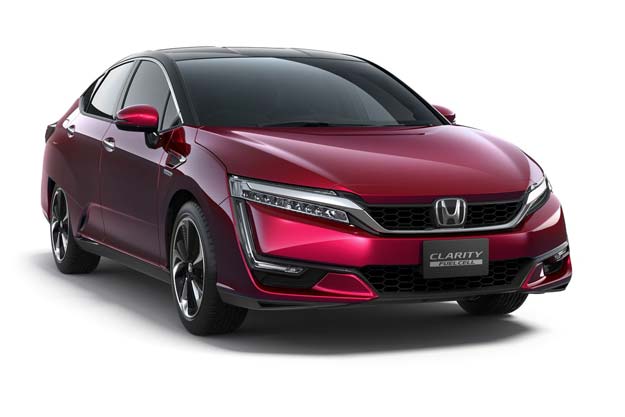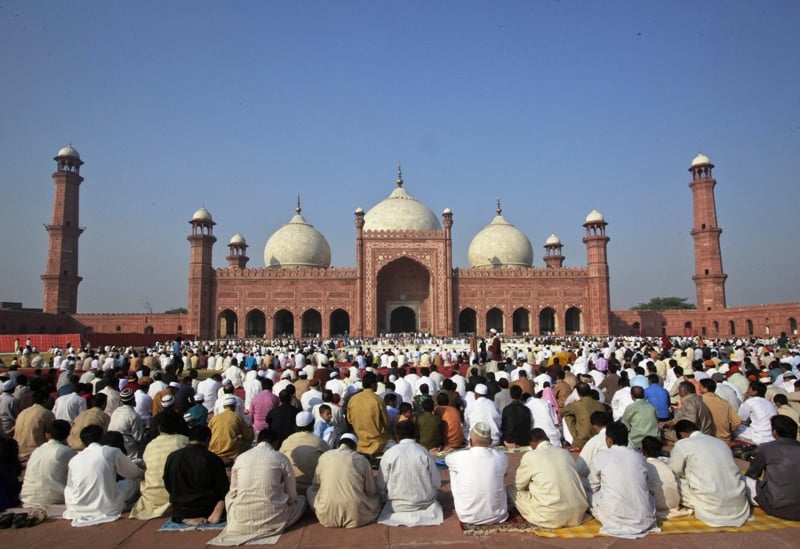
The figures show the boom to be around the corner in Pakistan. However, this does not affect the index of Large Scale Manufacturing (LSM) a great deal since the weightage of cars in the industrial output is quite small.
Car sales continue to accelerate
There are certain characteristics associated with this boom.
Achieving economies of scale
The level of motorisation is associated with level of economic development. As the country develops, the number of passenger cars increase in the country owing to enhanced purchasing power which ultimately increases the size of the market.
When the per-capita income crosses the $4,000 mark, the country is considered as an upper middle income country with an expanded middle class. This expanded middle class brings economies of scope followed by economies of scale.
In order to first achieve economies of scale for the car industry, an increase in the size of market is required which is possible through a decent level of economic growth. There are around 10 cars available for every 1,000 passengers in Pakistan with a per-capita income of $1,200. Achieving the milestone of economies of scale still requires a reasonable amount of time considering the current level of development.
In a capitalist system, cheap credit is a key to promoting investment and consumption. In advanced economies, artificial demand is created through cheap credit. Under normal circumstances when the interest rate goes down, consumers start to buy cars and other durable consumption goods; invest in residential and real capital.
Auto industry enjoys unequaled run of success
This way investment and consumption reinforce each other and aggregate demand increases in an economy.
Case of Pakistan
Since Pakistan is a semi capitalist economy, consumers have become aware of the benefits of cheap credit and they tend to purchase cars when the interest rate goes down.
When the discount rate reached 7.0% in 2005 with a high economic growth, the consumption spree was witnessed. This time around, the situation is a bit different as the cash rate is 6% with a stagnant economic situation. Although there is some lag in economic pick-up, yet a consumption boom, specifically car boom, is in the offing.
The impact of economic stagnation is different for the upper and lower income brackets.
Since the income of high worth individuals is slightly affected during stagnation, their purchasing power remains intact. In this regard, the composition of car sales provides a quite interesting picture.
The share of 1,300cc and above cars is 49%, while the share of 800cc cars is around 30%. This shows that the tilt of car industry is towards high income bracket individuals and companies.
Despite the decline in total car sales from 2008 to 2014, the share of 1,300cc and above cars remained intact, while the sales of 800cc cars was the most affected. Interestingly, the instrument of interest rate works well to create artificial demand for small and medium engine sized cars as happened during the previous boom. This phenomenon could be a rough proxy for wealth inequality in the country.
Used car sales to fall, state revenues may take a hit
In a nutshell, a debt-led consumption driven economy may achieve bouts of economic growth. If history is our guide, the previous artificial boom left a scar of long period of economic stagnation. Therefore, investment led growth and growing size of market are quite significant to achieve a sustainable level of economic development.
The writer is an Assistant Professor of Economics at LUMS
Published in The Express Tribune, May 2nd, 2016.
Like Business on Facebook, follow @TribuneBiz on Twitter to stay informed and join in the conversation.























COMMENTS
Comments are moderated and generally will be posted if they are on-topic and not abusive.
For more information, please see our Comments FAQ